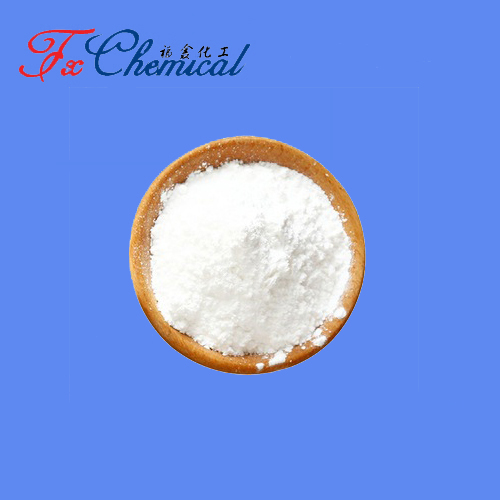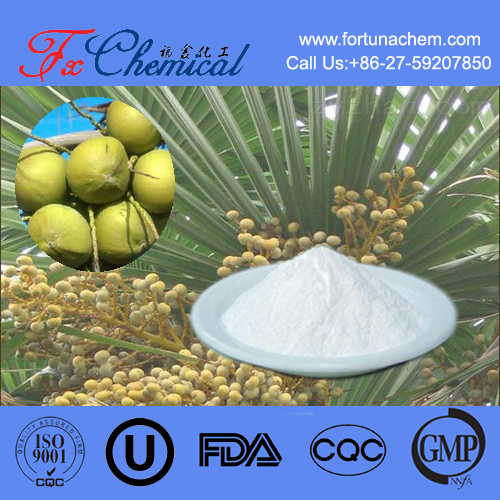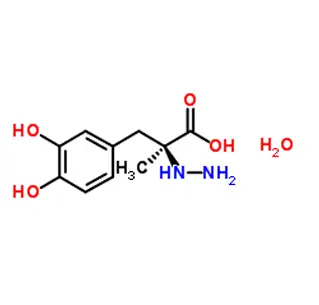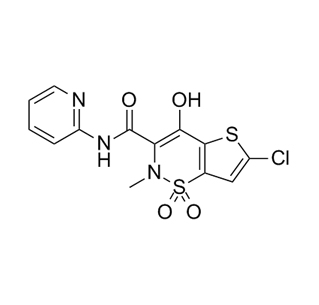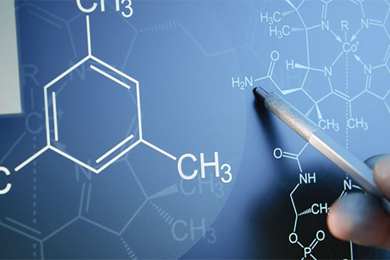
Search

Search

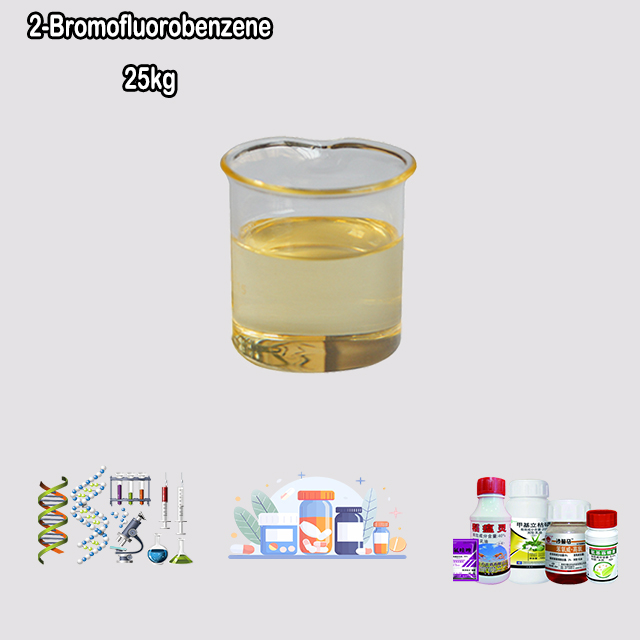
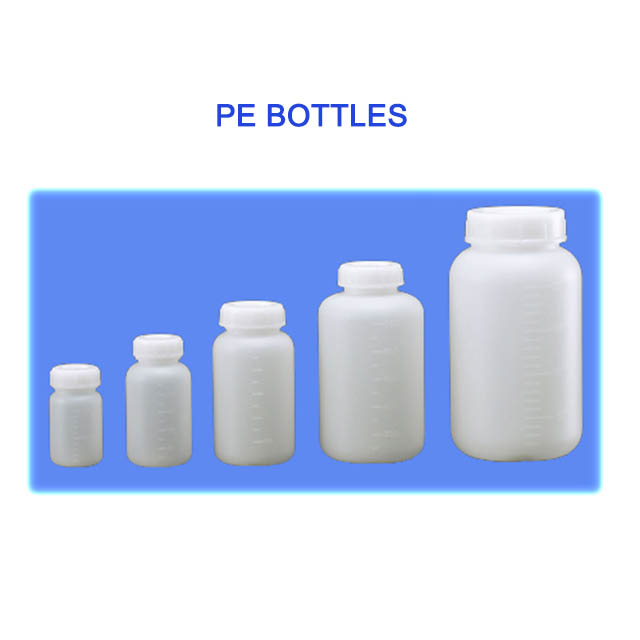
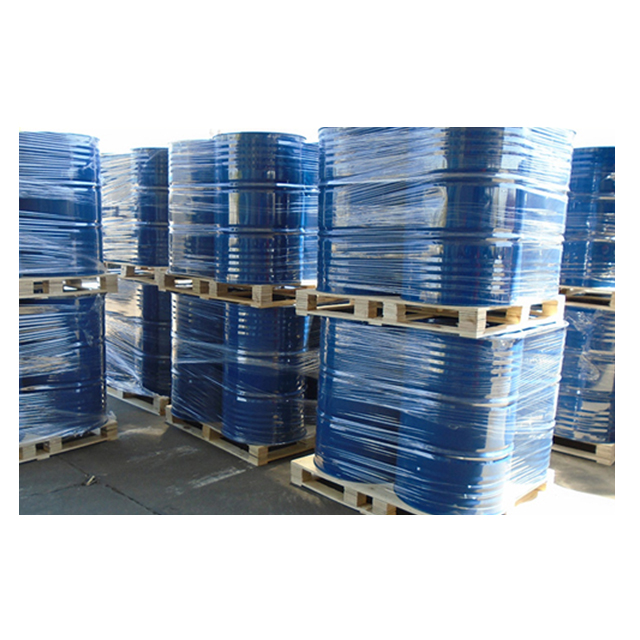
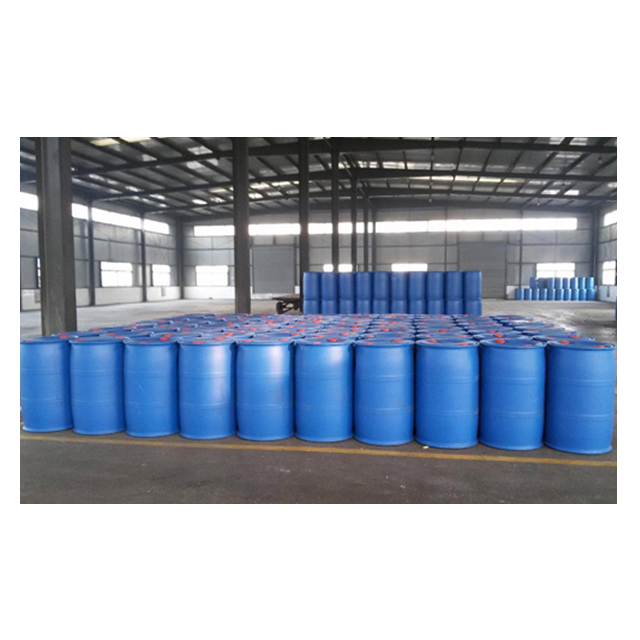






2-Bromofluorobenzene (C₆H₄BrF) is an ortho-disubstituted benzene derivative where bromine (Br) and fluorine (F) atoms are attached to adjacent carbon atoms on the benzene ring. It's a toxic, flammable liquid insoluble in water.
Its key feature is the reactive bromine atom, making it a valuable building block in organic synthesis, especially for palladium-catalyzed cross-coupling reactions (like Suzuki or Heck reactions) to form complex molecules. The ortho-fluorine influences its electronic properties and reactivity. Primarily, it's used as a synthetic intermediate in pharmaceuticals and agrochemicals.
2-Bromofluorobenzene is an organic compound with the chemical formula C₆H₄BrF. It belongs to the class of halobenzenes (specifically, a dihalobenzene), where a benzene ring is substituted with both a bromine atom and a fluorine atom.
Here's a breakdown of its key aspects:
Structure:
The base structure is a benzene ring.
It has two substituents: Bromine (Br) at position 1 and Fluorine (F) at position 2. The "2-" indicates that the bromine and fluorine atoms are attached to adjacent carbon atoms on the benzene ring (this is called the ortho position).
Molecular Formula: C₆H₄BrF
CAS Number: 1072-85-1
Physical Properties:
Appearance: Typically a clear, colorless to pale yellow liquid.
Odor: Characteristic aromatic odor.
Boiling Point: Approximately 152-154 °C.
Melting Point: Approximately -15 °C.
Density: Around 1.59 g/mL at 25 °C.
Solubility: Insoluble in water; soluble in common organic solvents (ethanol, ether, benzene, acetone).
Synthesis: Common methods include:
Diazotization of 2-Bromoaniline: 2-Bromoaniline is treated with nitrous acid (HNO₂) to form a diazonium salt. This salt is then decomposed using fluoroboric acid (HBF₄) in the Schiemann reaction to yield 2-bromofluorobenzene.
Halogen Exchange: Reacting 2-bromochlorobenzene or 2-bromoidobenzene with potassium fluoride (KF), often using catalysts or specific conditions like the Finkelstein reaction (for iodide) or more specialized fluorination methods.
Chemical Properties & Reactivity:
Suzuki Coupling: Forms biaryl compounds using boronic acids.
Stille Coupling: Uses organotin reagents.
Kumada Coupling: Uses Grignard reagents.
Heck Reaction: Forms alkenylated arenes.
Nucleophilic Aromatic Substitution (SNAr): Fluorine is a better leaving group than bromine in SNAr reactions due to its higher electronegativity. However, the ortho bromine can electronically activate specific positions on the ring towards SNAr, depending on the nucleophile and conditions.
Ortho Effect: The close proximity (ortho position) of the electron-withdrawing fluorine atom significantly influences the reactivity of the bromine atom and the ring itself.
Bromine Reactivity: The bromine atom is a good leaving group. This makes 2-bromofluorobenzene a valuable electrophile in various coupling reactions, particularly:
Fluorine Reactivity: The C-F bond is very strong. Fluorine is generally unreactive as a leaving group compared to bromine except under specific conditions favorable for SNAr (requiring a strong electron-withdrawing group ortho or para to it). In this molecule, the ortho bromine provides moderate activation. Fluorine can also influence acidity/basicity and direct metalation.
Directed Ortho Metalation (DoM): The fluorine atom can act as a directing group for organolithium reagents, allowing regioselective functionalization ortho to the fluorine (which would be meta to the bromine).
Applications:
Building Block: Primarily used as a versatile synthetic intermediate in organic chemistry, especially in the pharmaceutical and agrochemical industries.
Cross-Coupling Reactions: Its main application is as a substrate in Pd-catalyzed cross-coupling reactions (like Suzuki, Stille, Kumada, Heck) to create more complex molecules due to the reactive bromine.
Research: Used to study substituent effects, reaction mechanisms (like SNAr vs. coupling), and to synthesize specific fluorinated target molecules.
Safety:
Toxic: Harmful if swallowed, inhaled, or absorbed through skin.
Irritant: Causes skin and eye irritation.
Flammable: Combustible liquid.
Environmental Hazard: Toxic to aquatic life.
Handling: Requires appropriate personal protective equipment (gloves, goggles, fume hood) and safe laboratory practices. Consult the Safety Data Sheet (SDS) for detailed handling and disposal information.
In Summary:
2-Bromofluorobenzene is an ortho-disubstituted benzene derivative containing bromine and fluorine. Its key characteristic is the reactive bromine atom (making it valuable for cross-coupling reactions) positioned ortho to a fluorine atom, which significantly influences its electronic properties and reactivity. It's primarily used as a building block in complex organic synthesis.
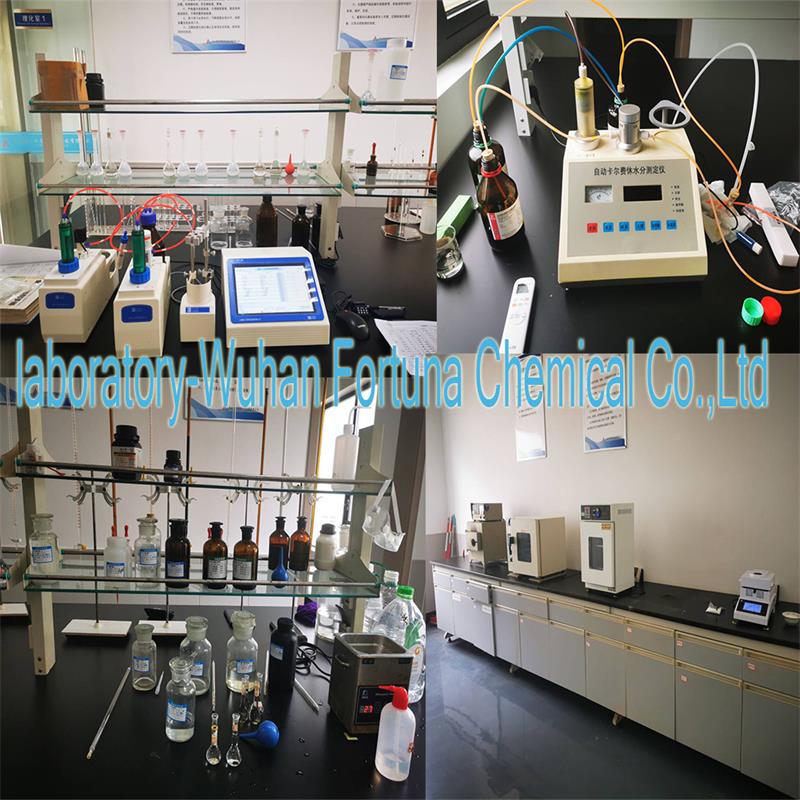
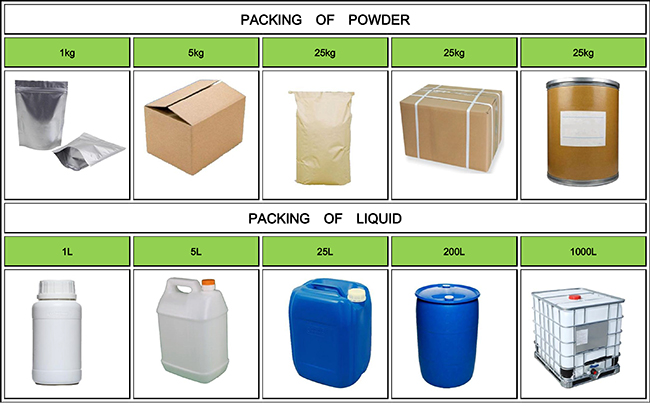
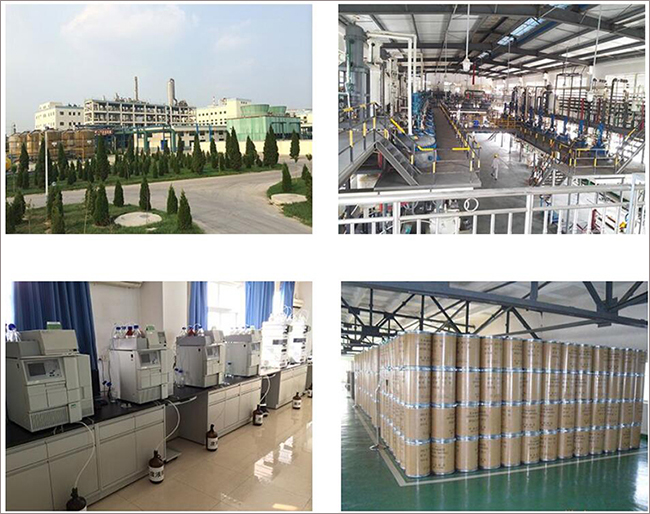

Fortunachem Provides Not Only Professional Chemical Products But Also Professional Help
Keeping you up-to-date with all the latest information, news, and events about Fortunachem!

Quick Links
Add:
E-mail:
 English
English  Español
Español  français
français  العربية
العربية 